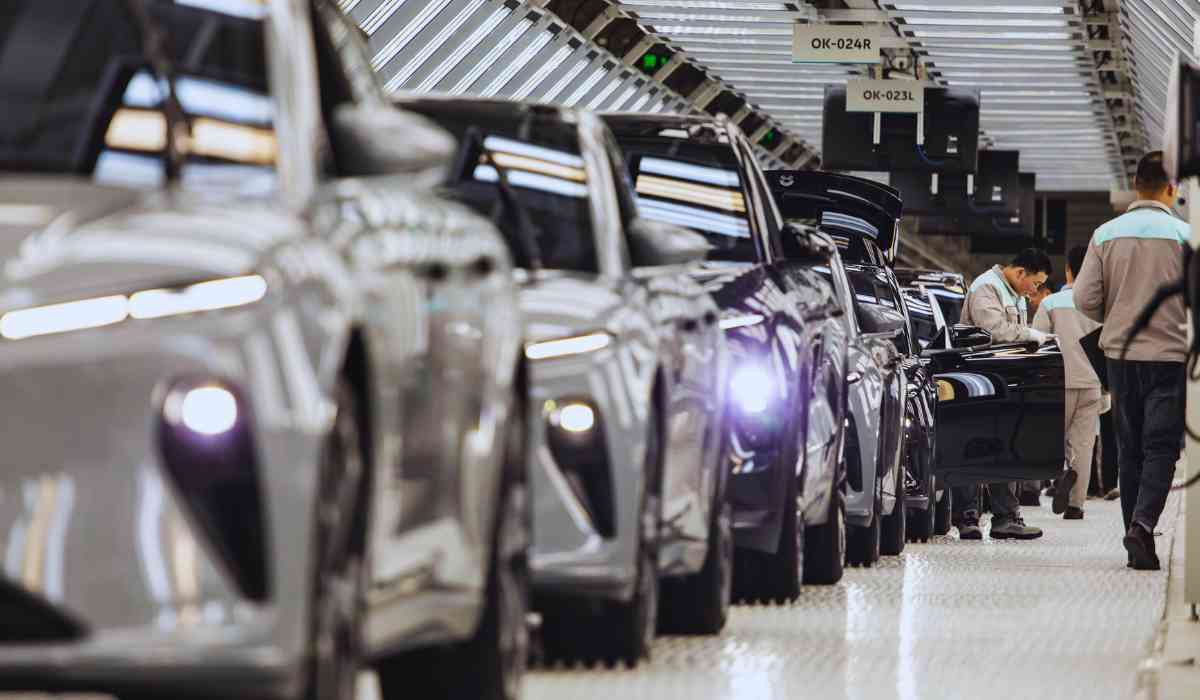The United States has officially enacted a ban on Chinese and Russian technology in passenger vehicles, citing significant national security concerns. This landmark decision, finalized by the Biden administration, prohibits the sale and import of connected car technologies from these nations, marking a decisive shift in the automotive landscape.
Key Details of the Ban
- Scope of the Ban: The new regulations specifically target software and hardware from China and Russia, affecting all passenger vehicles weighing under 10,001 pounds. This includes systems integral to vehicle connectivity such as Wi-Fi, Bluetooth, and self-driving technologies.
- Implementation Timeline: The ban will be phased in over several years:
- Software Restrictions: Effective from the 2027 model year.
- Hardware Restrictions: Set to begin with the 2030 model year.
- Additional curbs on vehicles without a specified model year will commence on January 1, 2029.
- Rationale Behind the Decision: Commerce Secretary Gina Raimondo emphasized that modern vehicles are increasingly reliant on technology that could be exploited for espionage or interference. She stated, "Cars today aren't just steel on wheels—they're computers," underscoring the vulnerability posed by foreign technology in critical automotive systems.
Implications for Automakers
The ban poses substantial challenges for several automakers:
- Impact on Manufacturers: Major companies like General Motors and Ford, which produce vehicles in China, will be directly affected. The regulations will also influence electric vehicle manufacturers like BYD, which operates a facility in California.
- Industry Response: The Alliance for Automotive Innovation has acknowledged the risks associated with foreign tech but noted that the timeline for compliance is reasonable given the complexities of global supply chains. CEO John Bozzella remarked that transitioning away from foreign components cannot happen overnight.
Broader Context
This move is part of a larger strategy by the U.S. government to reduce dependency on foreign technologies amid rising geopolitical tensions. National Economic Advisor Lael Brainard highlighted concerns about China's ambitions to dominate the auto industry and stressed the importance of safeguarding U.S. technological infrastructure from foreign threats.
As this policy takes effect, it remains to be seen how incoming President Donald Trump will approach these regulations once he assumes office next week. The transition could lead to significant shifts in how these policies are enforced or modified moving forward.In conclusion, this ban represents a pivotal moment in U.S.-China relations within the automotive sector, reflecting broader national security priorities as technological competition intensifies globally.
Which specific Chinese and Russian technologies are targeted?
The recent ban by the United States on Chinese and Russian technology in passenger vehicles specifically targets various types of software and hardware that are integral to modern automotive systems. Here are the key technologies affected:
Targeted Technologies
- Connected Vehicle Technologies: This includes systems that enable internet connectivity, such as:
- GPS Systems: Used for navigation and location tracking.
- Cameras and Sensors: Essential for advanced driver-assistance systems (ADAS) and autonomous driving features.
- Microphones: Used for voice recognition and communication systems within vehicles.
- Autonomous Driving Technologies: The ban restricts software and hardware that facilitate self-driving capabilities, which could be exploited for unauthorized data collection or interference with vehicle operations.
- Data Transmission Systems: Technologies that manage data exchange between vehicles and external networks, which could pose risks if developed using foreign technologies.
Implementation Timeline
The restrictions will be implemented in phases:
- Software Ban: Effective from the 2027 model year.
- Hardware Ban: Commencing with the 2030 model year.
- Additional curbs on vehicles without a specified model year will start on January 1, 2029.
This targeted approach aims to prevent potential espionage and ensure that sensitive automotive technologies remain secure from foreign influence, particularly from adversaries like China and Russia.
With inputs from agencies
Image Source: Multiple agencies
The views expressed are personal to the author and do not reflect the platform's opinion of the same.
© Copyright 2024. All Rights Reserved Powered by Vygr Media.



















